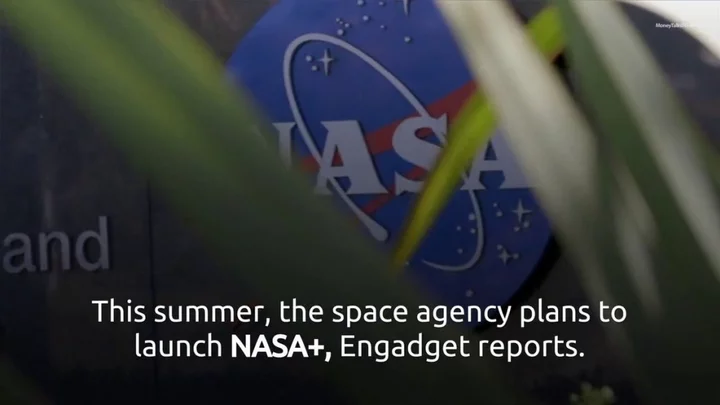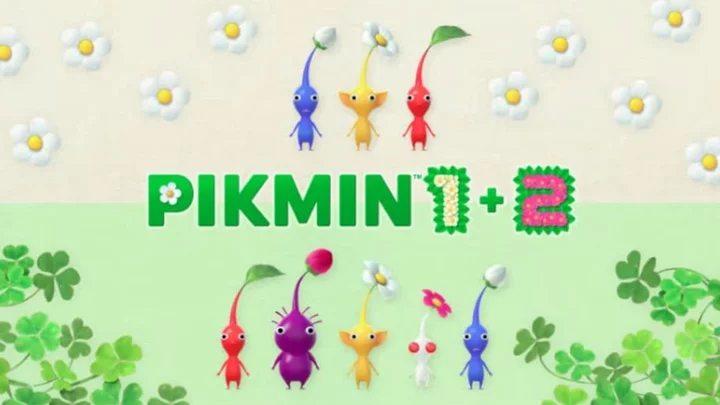NASA is turning its attention from the stars to our screens, after it announced it will launch its own streaming service. The organisation announced that it is launching a beta for a streaming platform with the name NASA+ – and yes, the plus is shaped to look like a star. It looks like the streaming service will be ad-free and available to watch on the new beta site and the NASA app. Essentially, it’ll work a little like Netflix for space content, updating the current Nasa TV output which features livestreams of rocket launches and other events. Sign up to our free Indy100 weekly newsletter There’s not much information out there about the new platform but it’ll come “later this year” and NASA has stated that it won’t require a paid subscription. NASA communications administrator Marc Etkind said in the press release that the organisation has designed the platform around “putting space on demand at your fingertips”. Introducing NASA's On-Demand Streaming Service, NASA+ (Official Trailer) www.youtube.com Judging by the look of the new promo clip, it’ll feature a lot of educational videos and public content as well as documentaries. “Modernizing our main websites from a technology standpoint and streamlining how the public engages with our content online are critical first steps in making our agency’s information more accessible, discoverable, and secure,” said NASA chief information officer Jeff Seaton. Meanwhile, it comes after Nasa celebrated the first birthday of the James Webb Space Telescope this summer by releasing extraordinary images of stars 'being born'. In the images, which almost look surreal, rainbow bursts with tiny twinkles can be seen. "The darkest areas are the densest, where thick dust cocoons still-forming protostars", the space giants say. These occur when a star first bursts through its natal envelope of cosmic dust, shooting out a pair of opposing jets into space like a newborn first stretching her arms out into the world." Nasa also recently stated that it discovered “diverse organic matter” on the surface of Mars, which could change our understanding of the red planet and the search for life in the universe. Have your say in our news democracy. Click the upvote icon at the top of the page to help raise this article through the indy100 rankings.
NASA is turning its attention from the stars to our screens, after it announced it will launch its own streaming service.
The organisation announced that it is launching a beta for a streaming platform with the name NASA+ – and yes, the plus is shaped to look like a star.
It looks like the streaming service will be ad-free and available to watch on the new beta site and the NASA app.
Essentially, it’ll work a little like Netflix for space content, updating the current Nasa TV output which features livestreams of rocket launches and other events.
Sign up to our free Indy100 weekly newsletter
There’s not much information out there about the new platform but it’ll come “later this year” and NASA has stated that it won’t require a paid subscription.
NASA communications administrator Marc Etkind said in the press release that the organisation has designed the platform around “putting space on demand at your fingertips”.
Introducing NASA's On-Demand Streaming Service, NASA+ (Official Trailer) www.youtube.com
Judging by the look of the new promo clip, it’ll feature a lot of educational videos and public content as well as documentaries.
“Modernizing our main websites from a technology standpoint and streamlining how the public engages with our content online are critical first steps in making our agency’s information more accessible, discoverable, and secure,” said NASA chief information officer Jeff Seaton.
Meanwhile, it comes after Nasa celebrated the first birthday of the James Webb Space Telescope this summer by releasing extraordinary images of stars 'being born'.
In the images, which almost look surreal, rainbow bursts with tiny twinkles can be seen.
"The darkest areas are the densest, where thick dust cocoons still-forming protostars", the space giants say. These occur when a star first bursts through its natal envelope of cosmic dust, shooting out a pair of opposing jets into space like a newborn first stretching her arms out into the world."
Nasa also recently stated that it discovered “diverse organic matter” on the surface of Mars, which could change our understanding of the red planet and the search for life in the universe.
Have your say in our news democracy. Click the upvote icon at the top of the page to help raise this article through the indy100 rankings.









